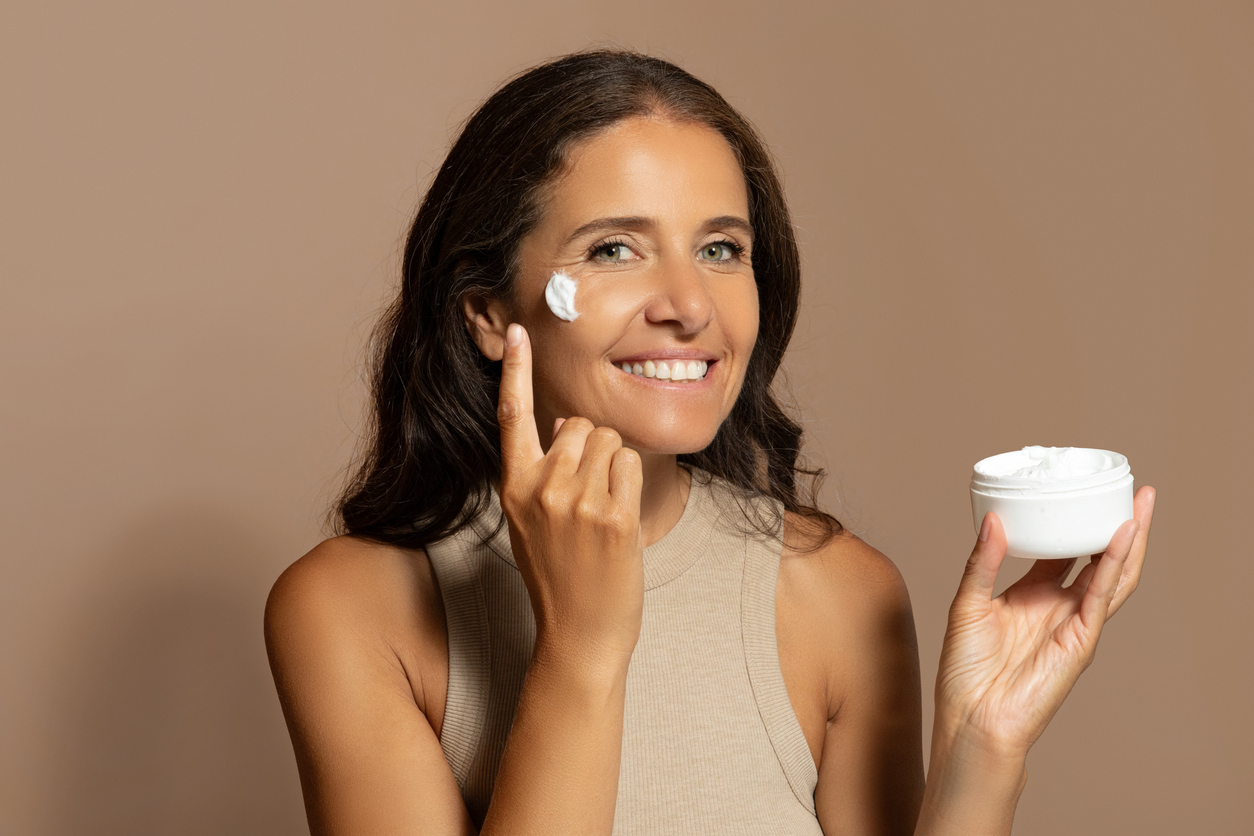In the quest for a longer, healthier life, one potent tool stands out: regular exercise.
Beyond just enhancing physical appearance, exercise profoundly impacts our overall health and longevity.
In our chaotic lives, maintaining an exercise routine can be hard to juggle. However, studies determine that exercise is directly linked to longevity, as well as many other health benefits, emphasising just how important exercise is to prioritise.
Supported by compelling statistics, this blog explores the importance of regular exercise and demonstrates the direct links exercise has to longevity.
The Benefits of Regular Exercise
Cardiovascular Health
Your heart is a muscle, and like any muscle, it benefits from regular exercise. Engaging in physical activity can reduce the risk of coronary heart disease by up to 21% in men and 29% in women.[i] Additionally, exercise is associated with a 25-30% reduction in the risk of stroke.[ii] These significant percentages underscore the critical role of exercise in maintaining a healthy cardiovascular system.
Metabolic Health
Exercise plays a pivotal role in regulating metabolic health, particularly in reducing the risk of type 2 diabetes by 30-50%.[iii] Active individuals are also 33% less likely to gain significant weight over time compared to their inactive counterparts.[iv] This highlights the importance of physical activity in preventing metabolic disorders and maintaining a healthy weight.
Musculoskeletal Health
Strengthening your bones and muscles is crucial as you age. Regular weight-bearing and resistance exercises can increase bone density by 1-2% per year,[v] reducing the risk of osteoporosis. For older adults, exercise can increase muscle mass and strength by 25-30% over a few months of training,[vi] combating age-related muscle loss and improving overall mobility.
Mental Health
The benefits of exercise extend beyond the physical. Regular physical activity can reduce symptoms of depression by up to 30% and decrease anxiety symptoms by 20-30%.[vii] The release of endorphins and other neurotransmitters during exercise significantly boosts mood and mental well-being.
Cognitive Health
Exercise is also beneficial for the brain. It is associated with a 35-50% reduced risk of developing dementia and Alzheimer’s disease.[viii] Furthermore, physical activity can slow cognitive decline in older adults by up to 30%,[ix] highlighting its importance in maintaining cognitive health as we age.
Immune Function
A robust immune system is crucial for longevity. Regular moderate exercise can lower the incidence of upper respiratory tract infections by about 29%.[x] This improvement in immune efficiency helps the body fend off illnesses and infections more effectively.
Inflammation Reduction
Chronic inflammation is linked to numerous age-related diseases. Regular exercise can reduce levels of C-reactive protein (CRP), a marker of inflammation, by up to 30%,[xi] contributing to better overall health and longevity.
Improved Sleep
Quality sleep is essential for overall health, and exercise can improve sleep quality by up to 65%.[xii] Regular physical activity helps regulate sleep patterns, reduce the time it takes to fall asleep and increase total sleep time, ensuring you wake up refreshed and ready to take on the day.
Social Interaction
Exercise often provides opportunities for social interaction, whether through team sports, group fitness classes, or simply walking with friends. Strong social relationships can increase life expectancy by up to 50%,[xiii] emphasising the social benefits of physical activity.
Hormonal Balance
Exercise helps regulate hormones, including cortisol (the stress hormone), reducing its levels by up to 20%.[xiv] Balanced hormones contribute to better stress management, improved mood, and overall metabolic function.
The Direct Link Between Exercise and Longevity
Telomere Length
Regular physical activity is associated with longer telomeres, which are protective caps on the ends of chromosomes that shorten with age. According to Exercise Scientist, Professor Larry Tucker, adults with high physical activity levels have telomeres with a biological aging advantage of nine years over those who are sedentary, and a seven-year advantage compared to those who are moderately active.[xv] This suggests that exercise can significantly slow down cellular aging.
SIRT1 Activations
SIRT1 is a gene that plays a critical role in cellular health, DNA repair, and longevity. Exercise has been shown to increase the expression of SIRT1.
AMPK Pathway
Exercise activates AMP-activated protein kinase (AMPK), a key regulator of energy metabolism and cellular health. Activation of AMPK promotes autophagy, the process by which cells remove damaged components and regenerate. Regular physical activity can increase AMPK activation, enhancing cellular repair and longevity.
FOXO3 Gene
The FOXO3 gene is another critical player in longevity, known for its role in protecting cells from oxidative stress and promoting DNA repair. Research indicates that exercise increases the activity of the FOXO3 gene, which is associated with a reduced risk of age-related diseases and a longer lifespan.
Embracing the Benefits of Exercise
Incorporating regular exercise into your daily routine is a powerful tool for promoting longevity and enhancing the quality of life. Aim for at least 150 minutes of moderate-intensity or 75 minutes of high-intensity exercise per week, and include a mix of aerobic, strength training, flexibility, and balance exercises.
Remember, consistency is key. Lifelong, regular physical activity is more beneficial than sporadic intense workouts. Tailor your exercise routine to your fitness level, preferences, and any health conditions to ensure it’s both enjoyable and sustainable.
By making physical activity a regular part of your life, you’re not just adding years to your life, but you’re adding life to your years. Embrace the transformative power of exercise and unlock the secrets to a longer, healthier, and happier life.
References:
[i]Lee, I. M., Shiroma, E. J., Lobelo, F., Puska, P., Blair, S. N., & Katzmarzyk, P. T. (2012). Effect of physical inactivity on major non-communicable diseases worldwide: An analysis of burden of disease and life expectancy. The Lancet, 380(9838), 219-229.
[ii] Lee, I. M., Hennekens, C. H., & Berger, K. (2003). Exercise and risk of stroke in male physicians. Stroke, 34(10), 2221-2225.
[iii] Tuomilehto, J., Lindström, J., Eriksson, J. G., Valle, T. T., Hämäläinen, H., Ilanne-Parikka, P., … & Uusitupa, M. (2001). Prevention of type 2 diabetes mellitus by changes in lifestyle among subjects with impaired glucose tolerance. New England Journal of Medicine, 344(18), 1343-1350.
[iv] Lee, I. M., Djoussé, L., Sesso, H. D., Wang, L., Buring, J. E., & Physical activity and weight gain prevention. (2005). Medicine and Science in Sports and Exercise, 37(6), 912-917.
[v] American College of Sports Medicine. (2013). Exercise and bone health. [Online] Available at: https://www.acsm.org/docs/default-source/files-for-resource-library/bone-health-and-osteoporosis.pdf?sfvrsn=8d5d9561_0 [Accessed 31 May 2024].
[vi] Fiatarone Singh, M. A., Gates, N., Saigal, N., Wilson, G. C., Meiklejohn, J., Brodaty, H., … & Singh, N. (2014). The Study of Mental and Resistance Training (SMART) study-resistance training and/or cognitive training in mild cognitive impairment: a randomized, double-blind, double-sham controlled trial. Journal of the American Medical Directors Association, 15(12), 873-880.
[vii] Craft, L. L., & Perna, F. M. (2004). The benefits of exercise for the clinically depressed. Primary Care Companion to the Journal of Clinical Psychiatry, 6(3), 104-111.
[viii] Larson, E. B., Wang, L., Bowen, J. D., McCormick, W. C., Teri, L., Crane, P., … & Tsuang, D. (2006). Exercise is associated with reduced risk for incident dementia among persons 65 years of age and older. Annals of Internal Medicine, 144(2), 73-81.
[ix] Barnes, D. E., Yaffe, K., Satariano, W. A., & Tager, I. B. (2003). A longitudinal study of cardiorespiratory fitness and cognitive function in healthy older adults. Journal of the American Geriatrics Society, 51(4), 459-465.
[x] Nieman, D. C. (2011). Exercise, upper respiratory tract infection, and the immune system. Medicine and Science in Sports and Exercise, 43(7), 1237-1241.
[xi] Petersen, A. M. W., & Pedersen, B. K. (2005). The anti-inflammatory effect of exercise. Journal of Applied Physiology, 98(4), 1154-1162.
[xii] Reid, K. J., Baron, K. G., Lu, B., Naylor, E., Wolfe, L., & Zee, P. C. (2010). Aerobic exercise improves self-reported sleep and quality of life in older adults with insomnia. Sleep Medicine, 11(9), 934-940.
[xiii] Holt-Lunstad, J., Smith, T. B., & Layton, J. B. (2010). Social relationships and mortality risk: A meta-analytic review. PLoS Medicine, 7(7), e1000316.
[xiv] Hamer, M., Taylor, A., & Steptoe, A. (2006). The effect of acute aerobic exercise on stress related blood pressure responses: a systematic review and meta-analysis. Biological Psychology, 71(2), 183-190.
[xv] Hollingshead, T n.d., High levels of exercise linked to nine years of less aging (at the cellular level)’, Brigham Young University, viewed 2 May 2024, <https://news.byu.edu/high-levels-of-exercise-linked-to-nine-years-of-less-aging-at-the-cellular-level#:~:text=Exercise%20science%20professor%20Larry%20Tucker%20found%20adults%20with,advantage%20compared%20to%20those%20who%20are%20moderately%20active.>





